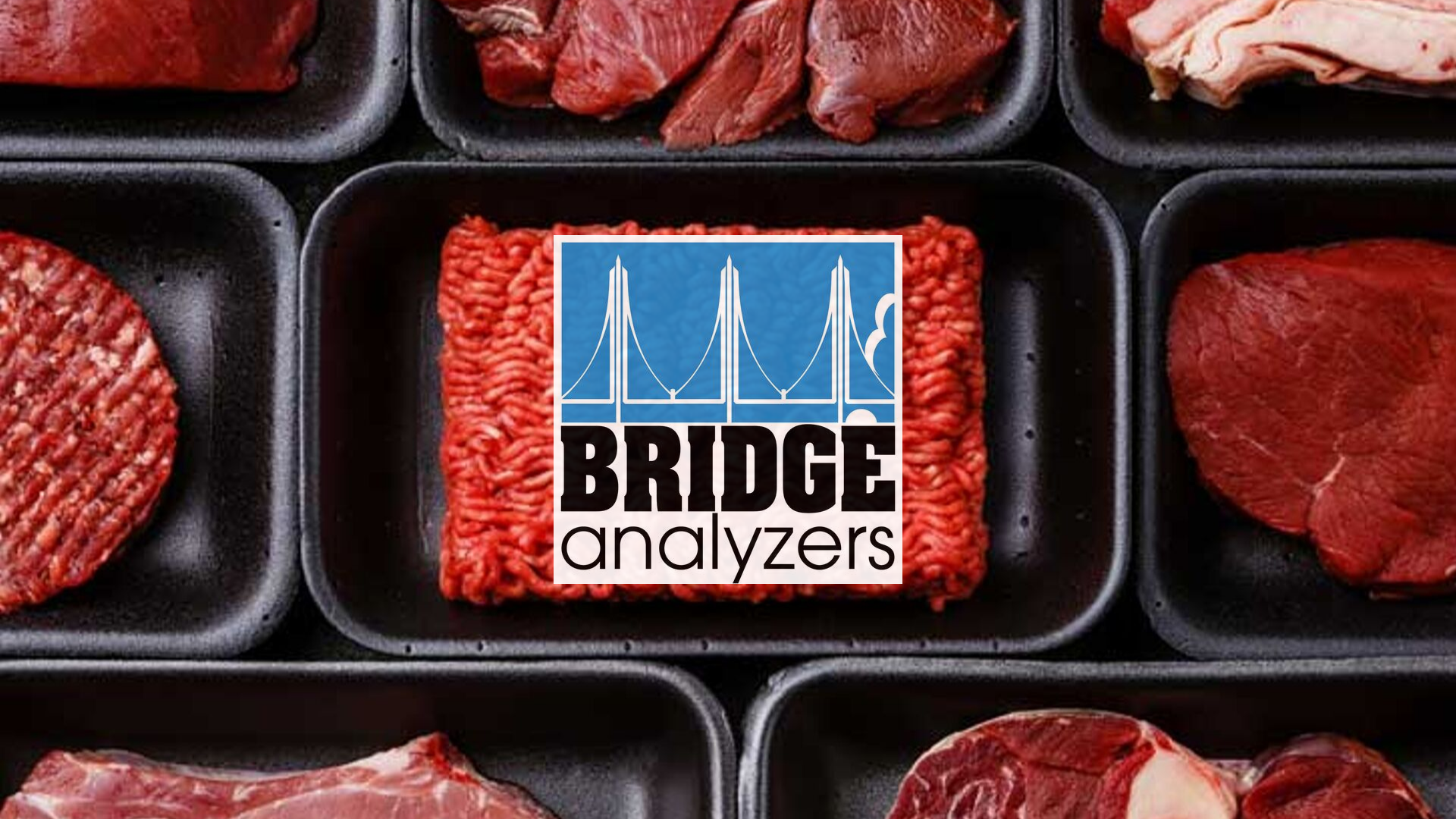High-Oxygen modified atmosphere packaging for meat applications is a lot like it sounds, it uses high levels of oxygen (70-80%) along with carbon dioxide (20-30%) in the headspace gas mixture. The carbon dioxide (CO2) portion of the High-Oxygen gas mixture is included as it delivers antimicrobial properties to the meat in the package. In order to initiate bacterial inhibition in the package CO2 levels must be >20% of the headspace gas mixture.
This high–oxygen modified atmosphere packaging technique has been used for years in the meat packaging industry as a way of maintaining the desirable red color of meat. Meats packaged this way can retain their red color for 10-14 days in a retail display, compared to 3-7 days for meats packaged in films like PVC with no MAP gas mixture.
The color of meat in a package is of utmost importance to meat packagers because it is the single factor that determines whether or not a consumer will purchase a package of meat. But maintaining a consumer-friendly red color in meat products is harder than it seems.
In their article “Modified Atmosphere Packaging (MAP): Microbial Control and Quality,” Harshavardhan Thippareddi of the University of Nebraska and Randall K. Phebus of Kansas State University discuss the complexities of maintaining the red color of meat writing,
The color of muscle tissue is determined by the concentration of oxygen and the oxidation state of the muscle pigment, myoglobin. The display life of meat is limited by the time required for oxidation of oxymyoglobin to metmyoglobin.
During normal distribution of meat products, the primals and sub-primals are marketed to the retailers vacuum packaged, and the retailer fabricates these into smaller retail cuts, and displays them in overwrapped packages. The myoglobin, normally will be in deoxy- form under vacuum and is converted to oxyform during fabrication and display. The oxymyoglobin is gradually oxidized to form metmyoglobin, and the kinetics of the process is dictated by several factors such as the muscle type, rate of postmortem pH decline, packaging film, oxygen consumption, display lighting and temperature, and the intrinsic metmyoglobin reducing activity of the muscle.
In short, to impart the consumer-friendly red color to meat with the High-Ox technique requires enough oxygen to change deoxymyoglobin into oxymyoglobin (red color), while at the same time limiting oxygen in the package in order to slow the process of changing oxymyoglobin into to its oxidized form metmyoglobin (brown color).
Again Thippareddi and Phebus help us here when they write,
Oxygen in the environment is necessary to impart the fresh meat color by formation of oxymyoglobin, which is more resistant to oxidation compared to the deoxy form. The presence of minimal concentrations of oxygen would suffice for the growth of aerobic spoilage flora of meat, and their growth can be delayed by incorporation of 20 to 30% carbon dioxide in the gas mixtures.
Even with an understanding that comes from this short introduction to the High-Ox technique, it is clear that it is a complex process that has many contingencies and limiting factors, and that there is still room for improvement. Randall D. Huffman and Janet M. Riley in their article “Low-Oxygen Packaging with CO: A Study in Food Politics That Warrants Peer Review” show that while the High-Ox technique was good for a time, it does not deliver the results that meat packagers and retailers desire:
High oxygen modified atmosphere packaging (MAP) offered consumers the color they expected and offered retailers some of the inventory control benefits of case-ready systems. Consumers also could choose the brands they prefer. However, the presence of oxygen in the MAP packaging still delivered a shorter shelf life than retailers would otherwise like due to the degradative effects of high oxygen concentrations in meat products.
They go on to say that, “It is clear that there is consumer demand for fresh, appealing and in-stock case-ready products, packaged in convenient ways, with the sensory traits that will ensure repeat purchases.”
While High-Oxygen modified atmosphere packaging may not be able to deliver all of these consumer demands, Low-Ox MAP— the topic of an upcoming blog post— just might.
Check out these Bridge Analyzers designed specifically for MAP meat applications.
